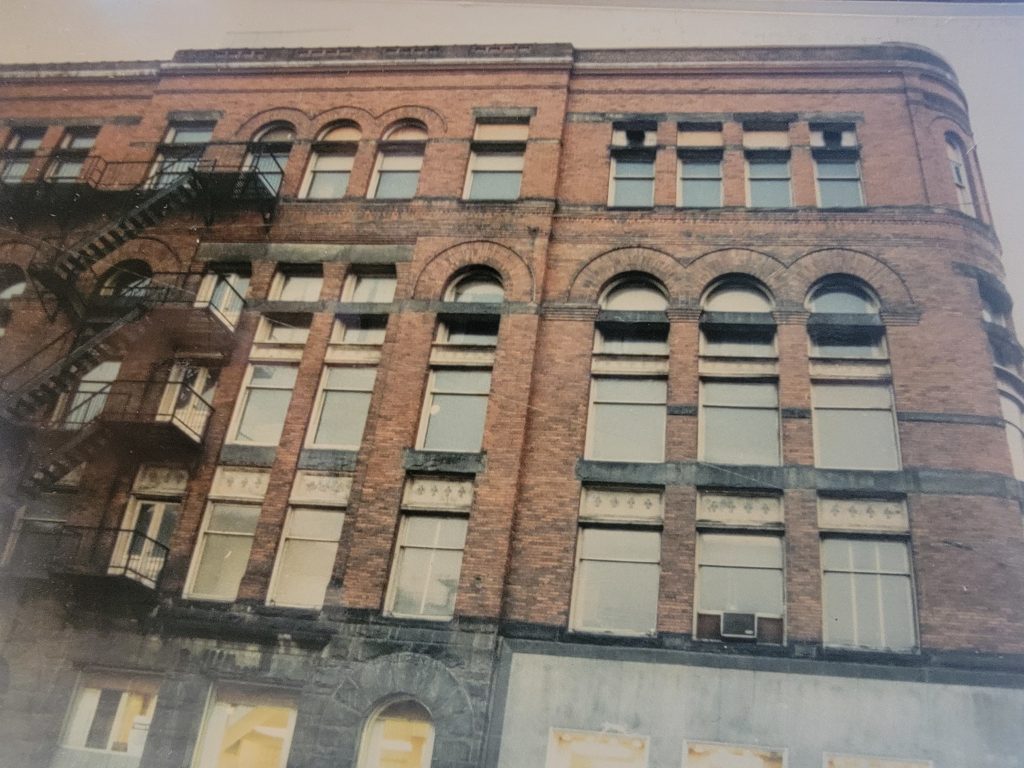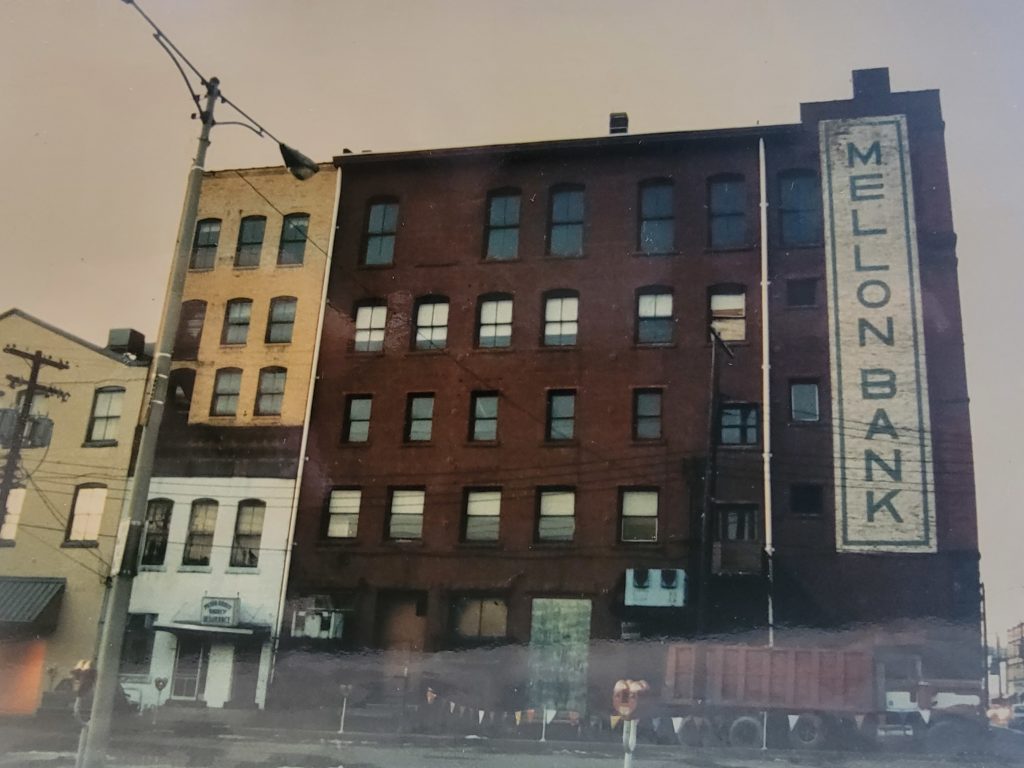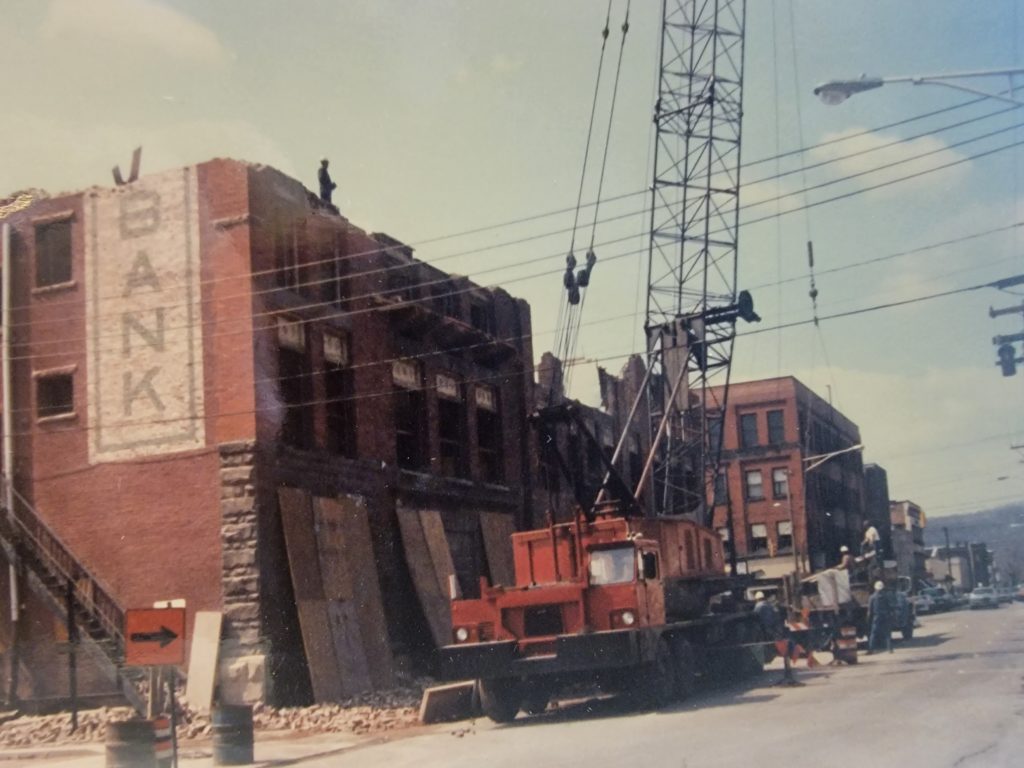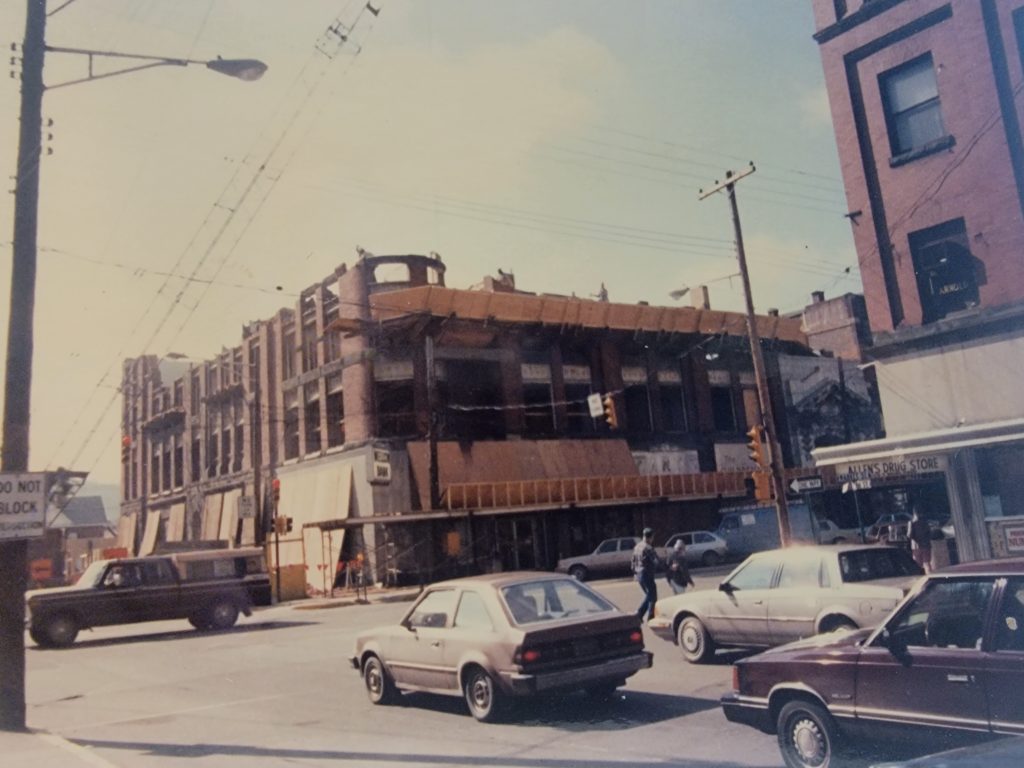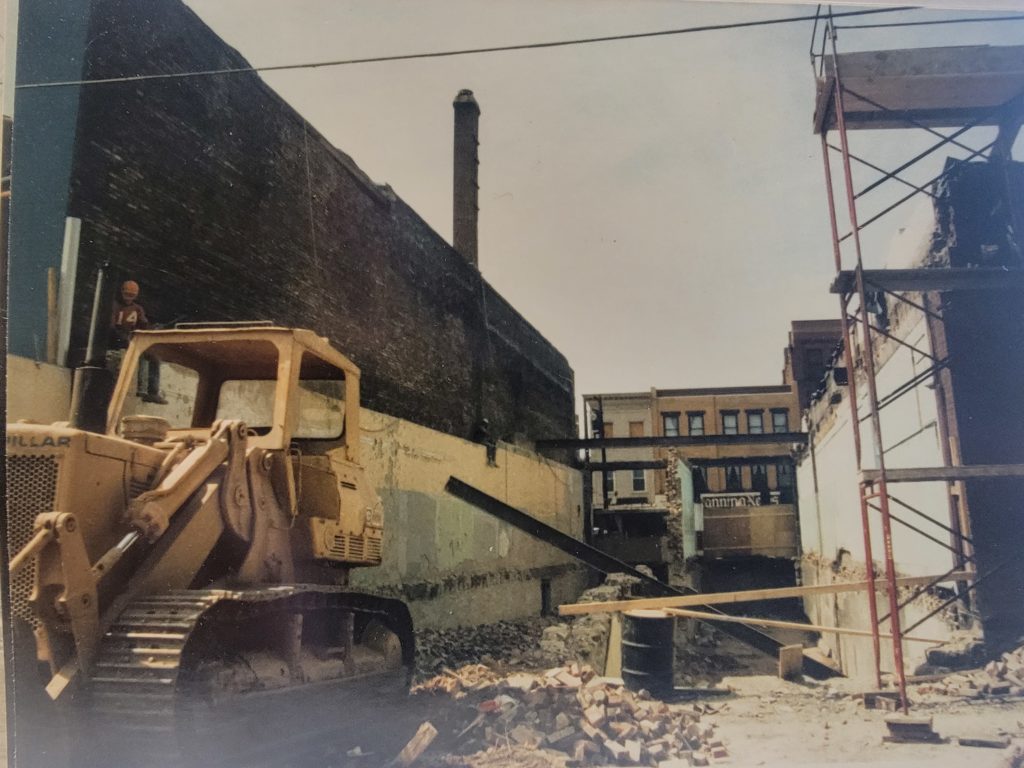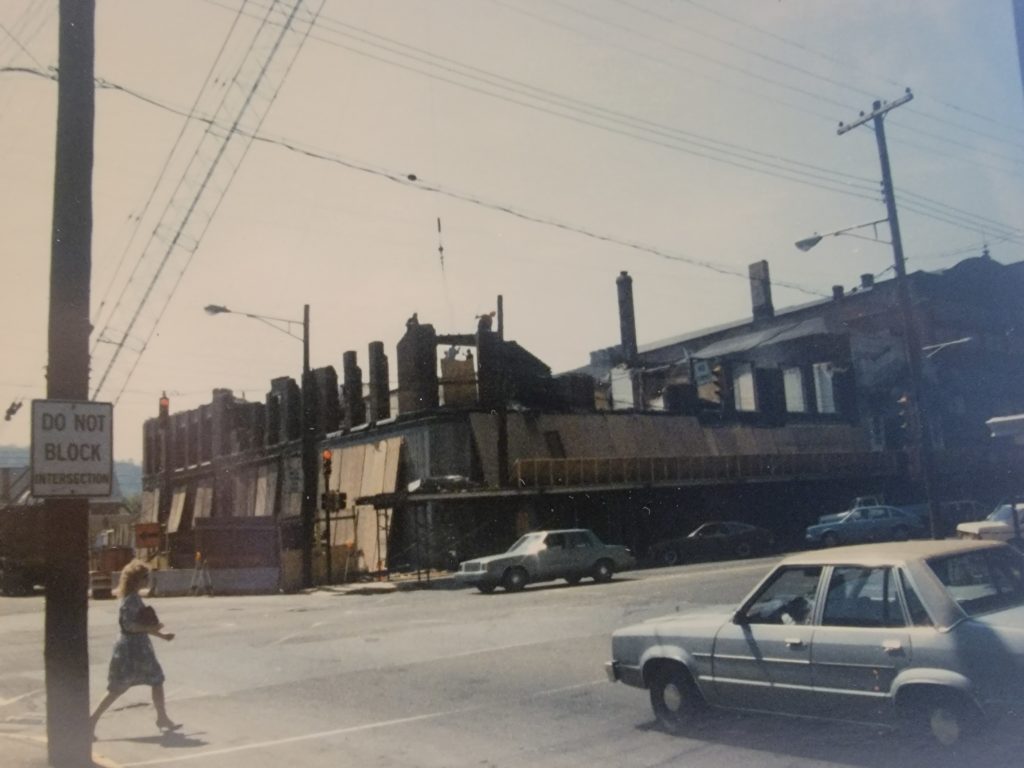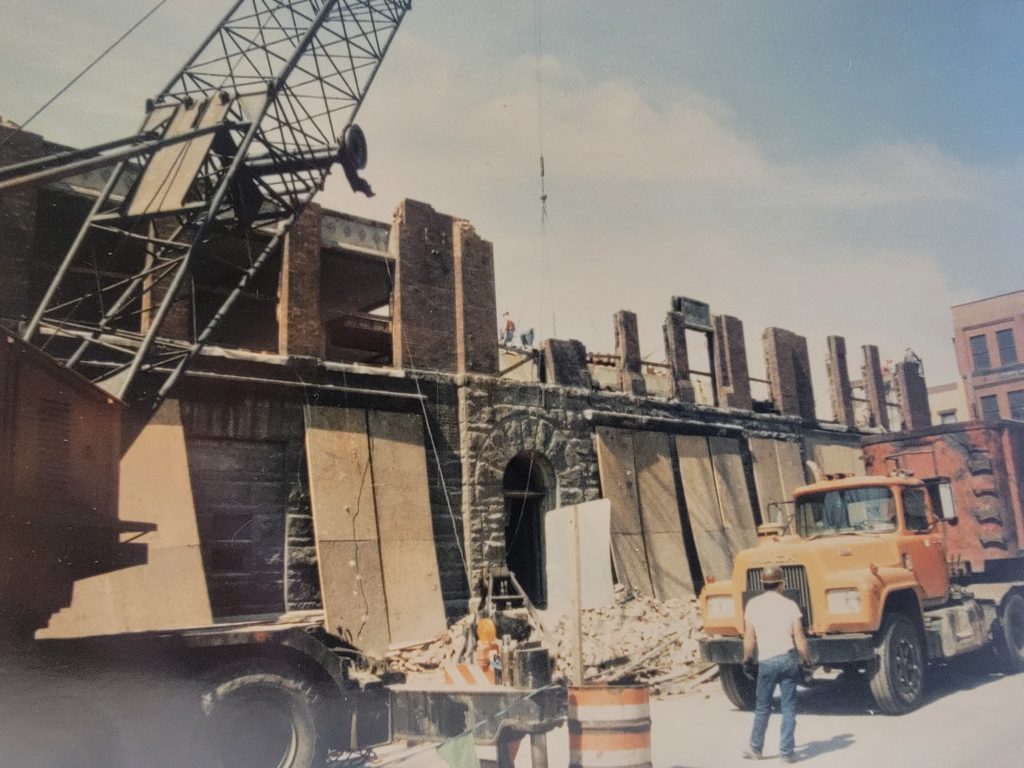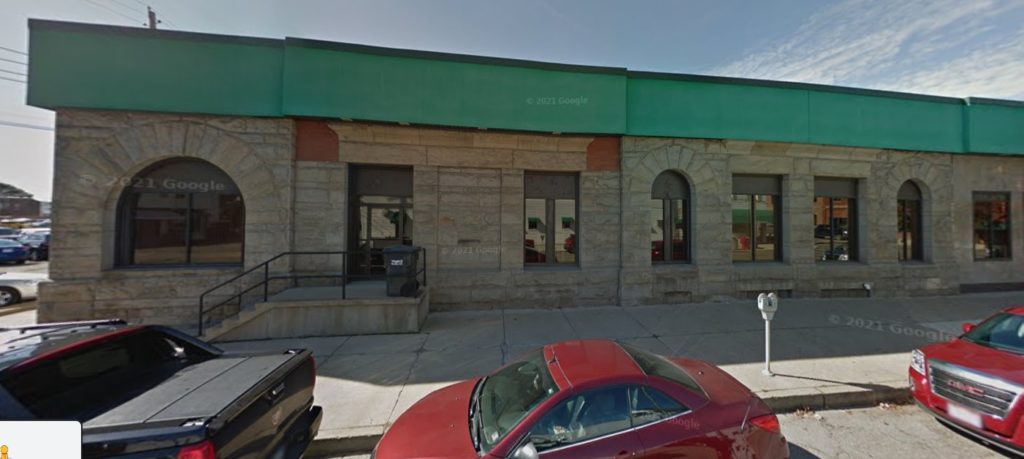For nearly a hundred years the Southwest corner of Market and McKean Street was home to one of the largest buildings in downtown Kittanning. Completed in 1890, the Safe Deposit Building was a beautiful Victorian era brick structure that towered over the rest of the Kittanning business district. During the next couple decades other large and imposing structures created a mini city along the banks of the Allegheny River. Kittanning became a major stopping point for travelers going in various directions.
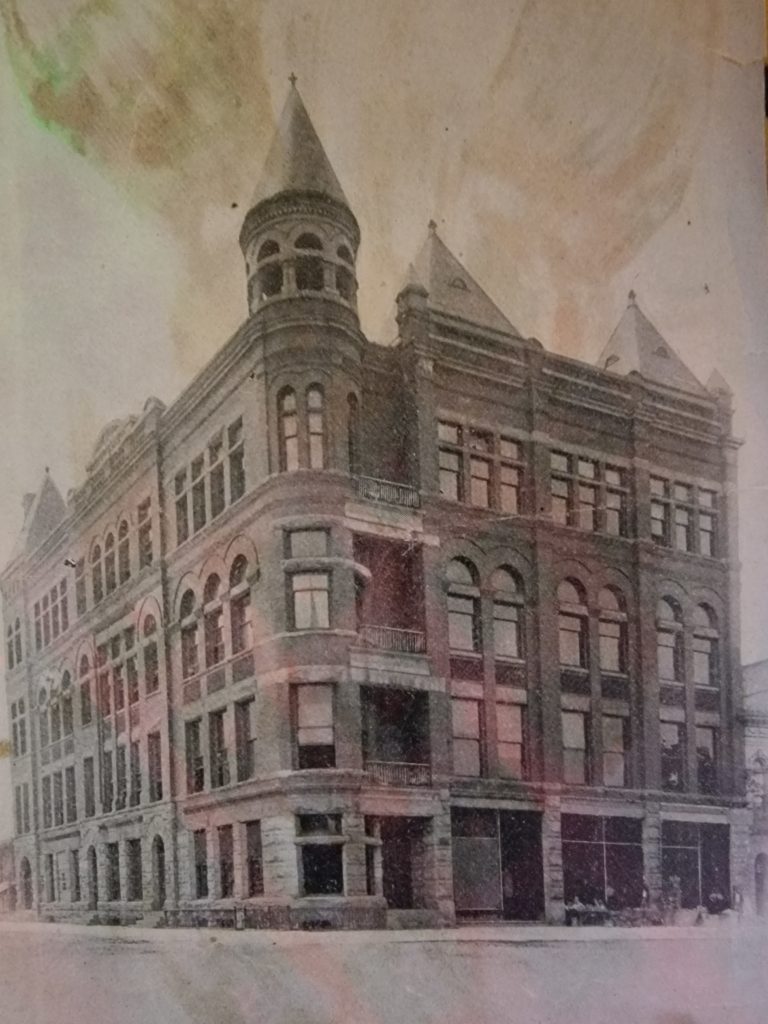
The Safe Deposit Building would be witness to many events in downtown Kittanning, from the Welcome Home Parade for the Spanish American War Heroes in 1899 to a young man named Kennedy that was seeking votes to become President of the United States. The building was present all the time when the Allegheny River flowed out of its banks and flood waters filled the streets of Kittanning. It hovered over the 1897 Thanksgiving Day Fire that destroyed the lower half of the 200 block of Market Street, as well as the 1975 Reynolds House fire where several townspeople perished.
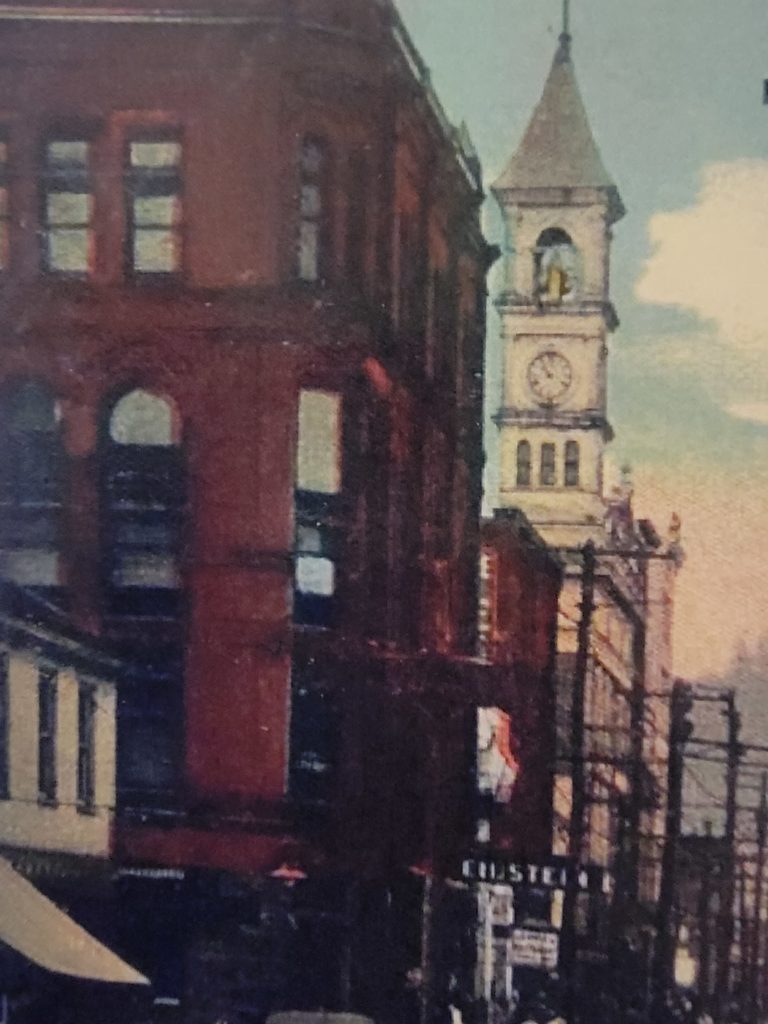
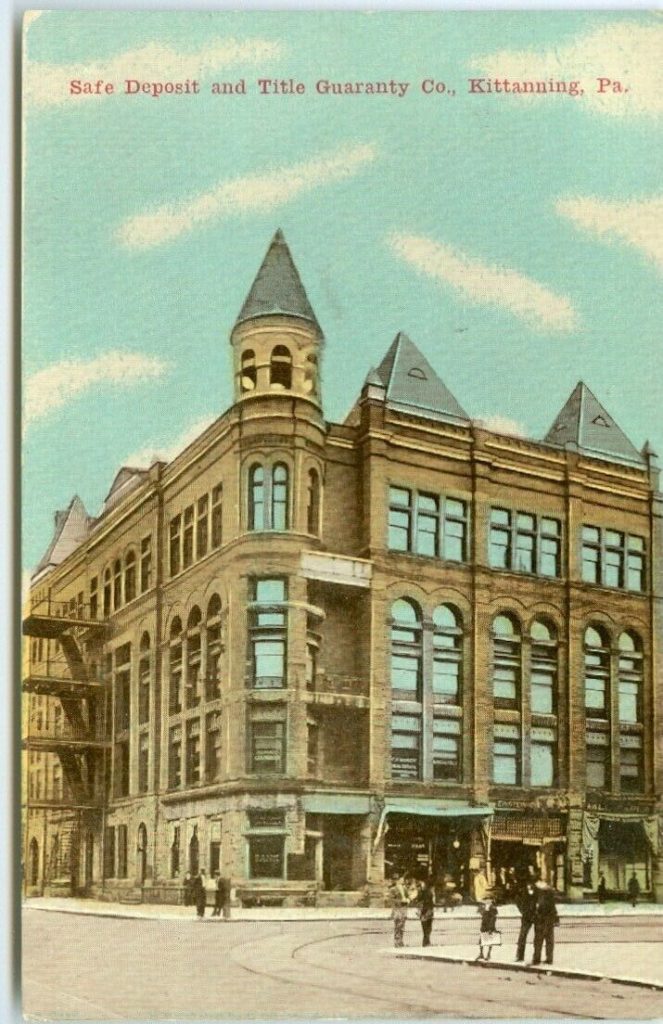
Turn of the century postcards depicting the Safe Deposit and Title Guarantee Building. The post to the right shows the clock and bell tower on the nearby McCullough Building. The bell was discovered in Ohio during an episode of American Pickers. The Armstrong County Historical Society was able to purchase the bell and return it to Kittanning.
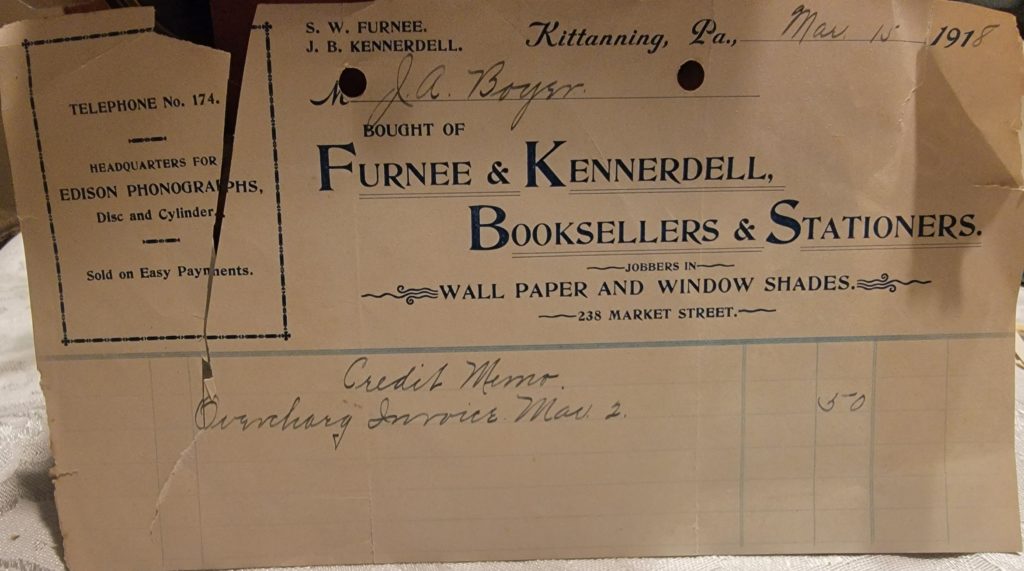
During its long history, many folks passed through the various doors that would lead them to a number of businesses that called the building home, such as Einstein the Clothier, The Greek-American Candy Company that would later become well known as Paul’s Confectionary. It was an understanding that Paul’s homemade banana ice cream was known all over the country and people would make long journeys visit town just to have their own experience. Furnee & Kennerdell was another longtime establishment supplying townspeople with wallpaper and a variety of hard goods. Alvin George began his restaurant in the basement under the bank portion of the building. He would later move across South McKean Street which would later become Clark’s and even later Dizzy Lizzies, all well-known eateries of their day.
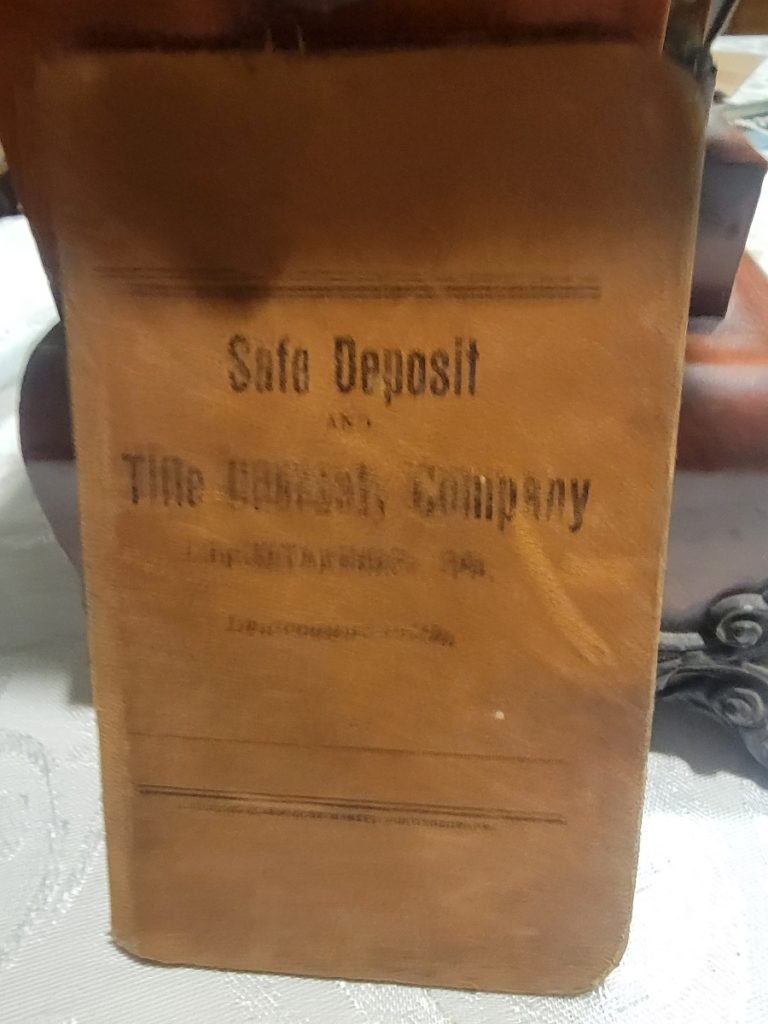
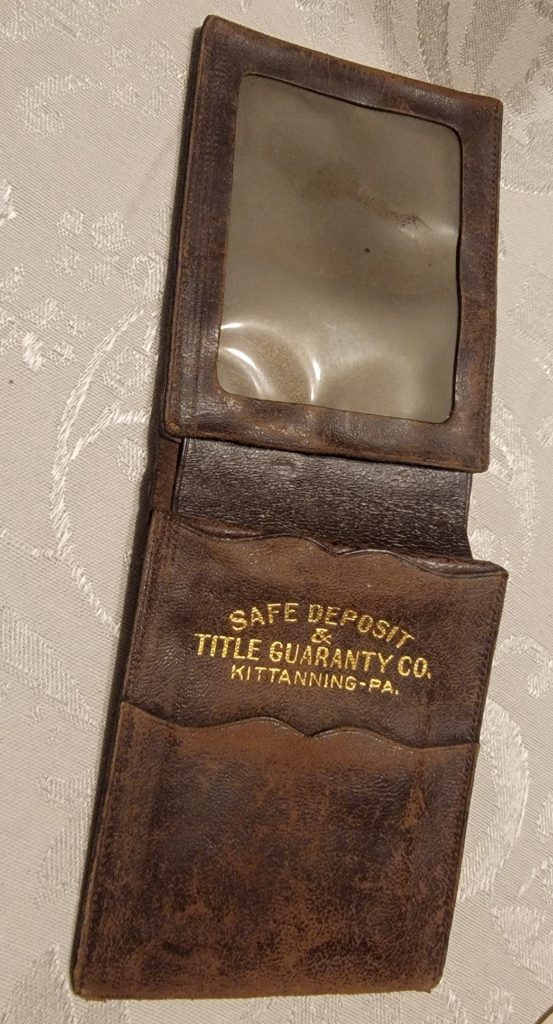
An exciting ride in the building’s elevator would transport a person to one of the upper four floors of the building to visit a variety of offices, various benevolent groups meeting rooms and in the early year’s one could attend the 1,500-seating capacity opera house to see many different shows.
Hose Company Number 2 held a well-attended Washington’s Birthday Extravaganza in the Opera House for many years. Newspapers of the day would describe it with much anticipation and follow up with highlights of the festivities.
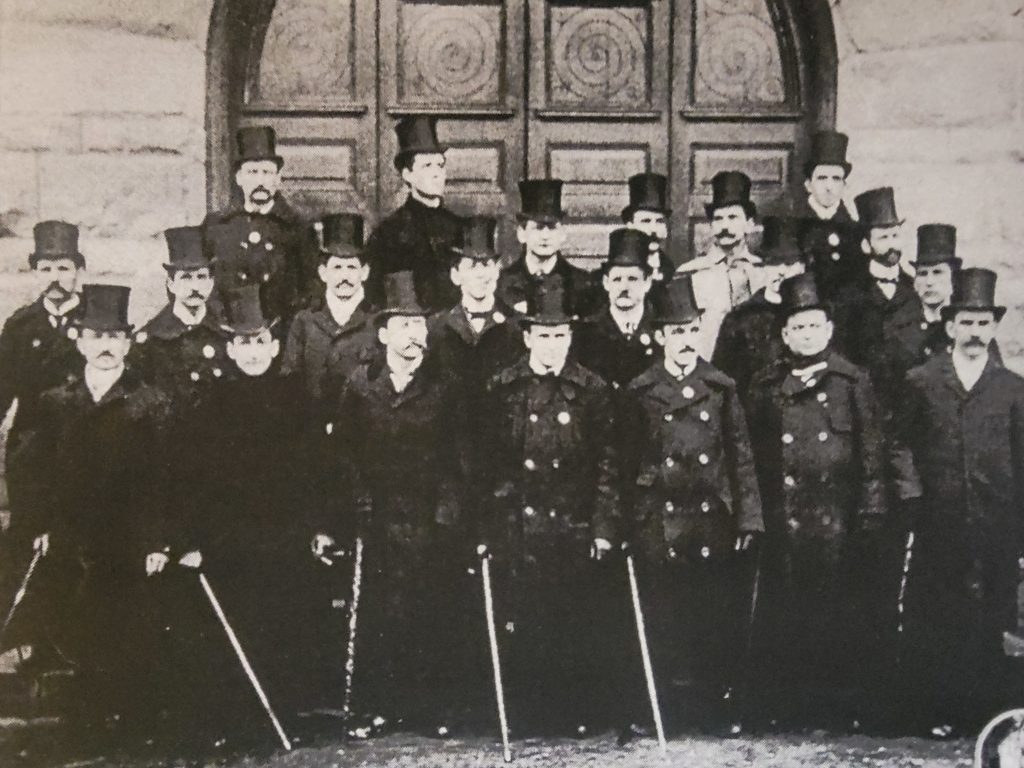
As the years passed, the Opera House gave way to the Vaudeville picture show houses and later talking pictures shows which would cause its doors to close. Offices on the various floors transitioned into apartments, and The Safe Deposit and Title Guarantee Bank would become Mellon Bank out of Pittsburgh. In late 1986, Mellon Bank that owned the building decided not to continue spending money on the aging structure and decided to remove the upper floors and first floor businesses. Today, one can walk around the bank building and see brick and stone from the 1890 structure, as well as a dedication plaque to Paul’s Confectionary.
During the demolition of the building in 1987 workers discovered a tube on the roof of the building. When they opened it, they were surprised to find a paper inside written in 1890. Here was a list of names of men responsible for the construction of the building. It listed their names, ages and in some cases where they were from. It is believed this group that referred to themselves as ‘The One Bung Association’ gathered upon completion of their work gathered for some ale on the rooftop and celebrated. Here are several photos as crews worked to remove the upper floors in 1987.
